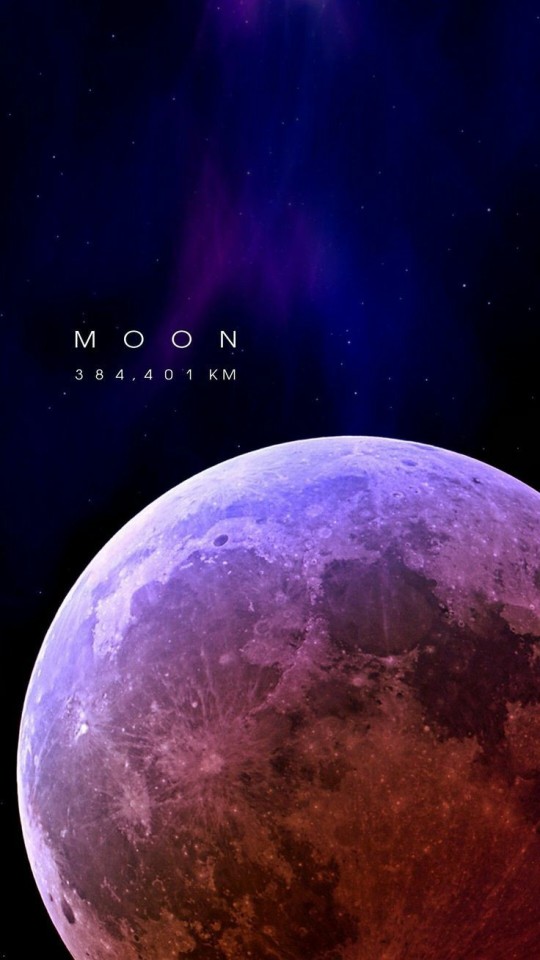Saturn Is Nestling Close To Jupiter This Week, In An Event Known As The Great Conjunction That Occurs

Saturn is nestling close to Jupiter this week, in an event known as the Great Conjunction that occurs regularly, aligning these two gas giants every twenty years or so. Skywatchers can catch this once in a decades cosmic marriage in the early predawn hours.
Photo Credit : Techlife
More Posts from Spacenik and Others

Earth, as seen from the Lunar surface, visualised

Also known as the Seven Sisters and M45, the Pleiades lies about 400 light years away toward the constellation of Taurus (Bull).
Picture Credit & Copyright: Stanislav Volskiy
Source: apod.nasa.gov
I am speechless.

The Ion Tail of New Comet SWAN
Image Credit & Copyright: Gerald Rhemann
Source : apod.nasa.gov

Saturn Behind the Moon
Image Credit: Peter Patonai (Astroscape Photography)

Jets from Unusual Galaxy Centaurus A Image Credit: ESO/WFI (visible); MPIfR/ESO/APEX/A. Weiss et al. (microwave); NASA/CXC/CfA/R. Kraft et al. (X-ray)
Jupiter and its faint rings– known as the Jovian ring system , as seen through infrared.
stunning

Perseid Meteor Shower 2021 by Jeff Sullivan (https://ift.tt/1cpZOga) On the second best night of the 2021 Perseid meteor shower, one night before peak, we had some luck in this location in Nevada, despite some wildfire smoke.
I’ll have some time-lapse footage available shortly. https://flic.kr/p/2mhjQJg

GLOBAL VIEW OF VENUS IN ULTRAVIOLET FROM AKATSUKI
A false-color image using two ultraviolet channels from Akatsuki's UVI camera at 283 nm and 365 nm distinguishes different components of the Venusian atmosphere.
VENUS' NIGHTSIDE GLOW
This image shows the night side of Venus in thermal infrared. It is a false-colour image using data from Akatsuki.
VENUS' SOUTH POLE IN ULTRAVIOLET FROM AKATSUKI, JUNE 20, 2016
A false-color image using two ultraviolet channels from Akatsuki's UVI camera, showing details along a colourful band encircling Venus' south polar vortex in morning daylight.
Images Credit : JAXA / ISAS / DARTS / Damia Bouic
VENUS' COUPLED DYNAMICS AND SULFUR CHEMISTRY FROM AKATSUKI, JULY 23, 2016
A false-color image using two ultraviolet channels from Akatsuki's UVI camera. Venus' cloud dynamics are just as complex as Earth's.
Note : Akatsuki is a Japanese mission launched in 2010 to orbit Venus (which it failed the first time) but successfully entered Venus' orbit on December the 7th, 2015.
EQUATORIAL REGION OF VENUS FROM AKATSUKI
Images acquired during orbit number 13 of the Japanese probe Akatsuki show an incredible amount of detail on the equatorial, tropical, and extra-tropical clouds of the planet



VENUS IN INFRARED FROM AKATSUKI: CLOUD WAVE
This view of Venus was acquired by the Japanese Akatsuki spacecraft's IR2 camera, which observes—among other things—the "warmth" of the planet's atmosphere on its nocturnal side.


What would you take to the Moon with you?

-
 diamyx liked this · 4 years ago
diamyx liked this · 4 years ago -
 endurinqphoenix8 liked this · 4 years ago
endurinqphoenix8 liked this · 4 years ago -
 kontnuumsgod6 liked this · 4 years ago
kontnuumsgod6 liked this · 4 years ago -
 scissorrace liked this · 4 years ago
scissorrace liked this · 4 years ago -
 thomasbrisenio liked this · 4 years ago
thomasbrisenio liked this · 4 years ago -
 neverstoplearning1999 liked this · 4 years ago
neverstoplearning1999 liked this · 4 years ago -
 shadyeggsturtleshark liked this · 4 years ago
shadyeggsturtleshark liked this · 4 years ago -
 lostinthemosss liked this · 5 years ago
lostinthemosss liked this · 5 years ago -
 tgmember reblogged this · 5 years ago
tgmember reblogged this · 5 years ago -
 tgmember liked this · 5 years ago
tgmember liked this · 5 years ago -
 womens-sports10 liked this · 5 years ago
womens-sports10 liked this · 5 years ago -
 stoopid-and-naive liked this · 5 years ago
stoopid-and-naive liked this · 5 years ago -
 vunderthebridgev liked this · 5 years ago
vunderthebridgev liked this · 5 years ago -
 sexonmars liked this · 5 years ago
sexonmars liked this · 5 years ago -
 spacenik reblogged this · 5 years ago
spacenik reblogged this · 5 years ago
